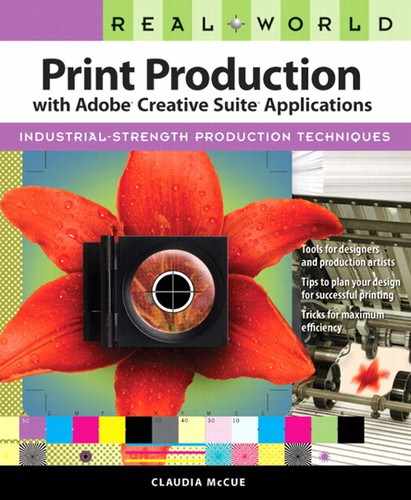Scanners
While early scanners still required highly skilled graphic arts professionals to operate them, they greatly speeded up the process of capturing artwork for color separations. Early analog models used photomultiplier tubes and a daunting array of knobs and buttons to perform the same job that had been done by the huge cameras. The first scanners were petite only by comparison to their gigantic camera ancestors: Many could easily dwarf a Volkswagen. It was necessary to mount artwork on a heavy, clear plastic drum, and then painstakingly ensure that there was no dust or a trapped air bubble to mar the scan. Scanner operators came from the ranks of color-separation cameramen, and their years of finely honed instincts for camera separations translated well to the newer methods. The first scanners still produced film output, not pixels. But the next development was the move to digital capture and storage of image information, resulting in the introduction of the pixel and the advent of digital retouching.
In the mid-1990s, improvements in the capabilities and simplicity of flatbed scanners, coupled with the widespread usage of Adobe Photoshop, led to a major change in the way color separations were performed. It was no longer necessary to mount artwork on cylindrical drums, and the numerous knobs were replaced with onscreen buttons and dialog boxes. The digital imaging revolution was underway. Suddenly, people who weren’t sure what color separation meant were making color separations.
As flatbed scanners have become more automated and less expensive, it’s relatively easy even for novices to make a decent scan. But the more you know about what constitutes a good image, the better the chance you can create a great image from the pixels generated by your scanner.
